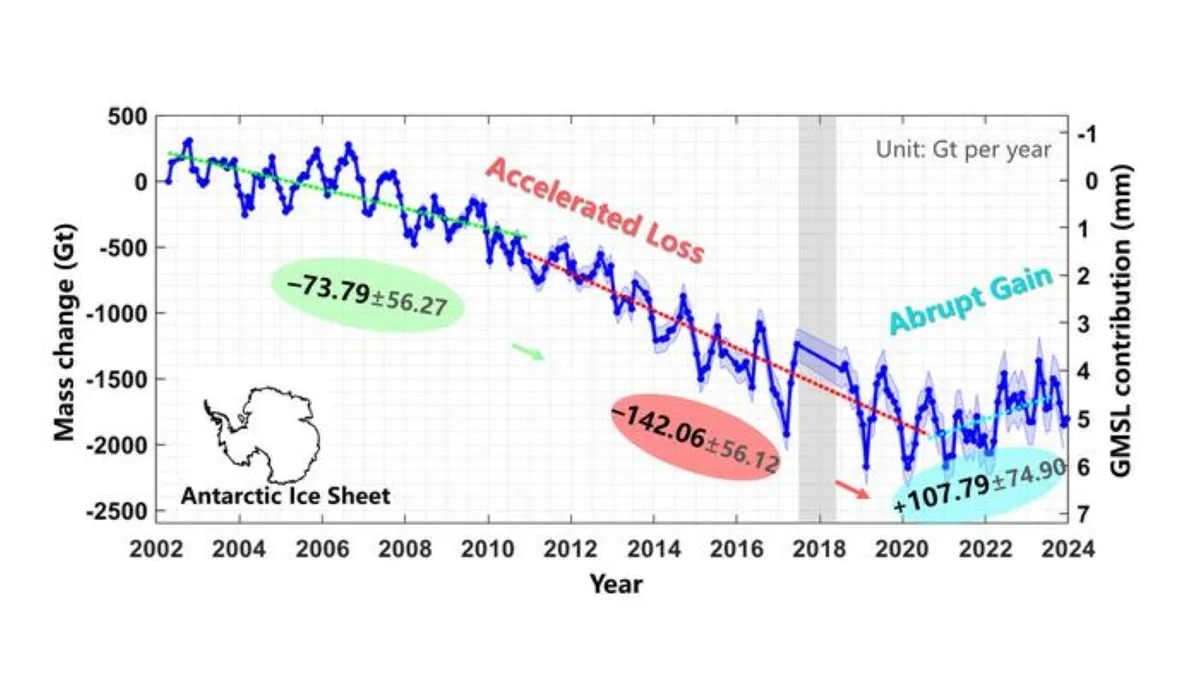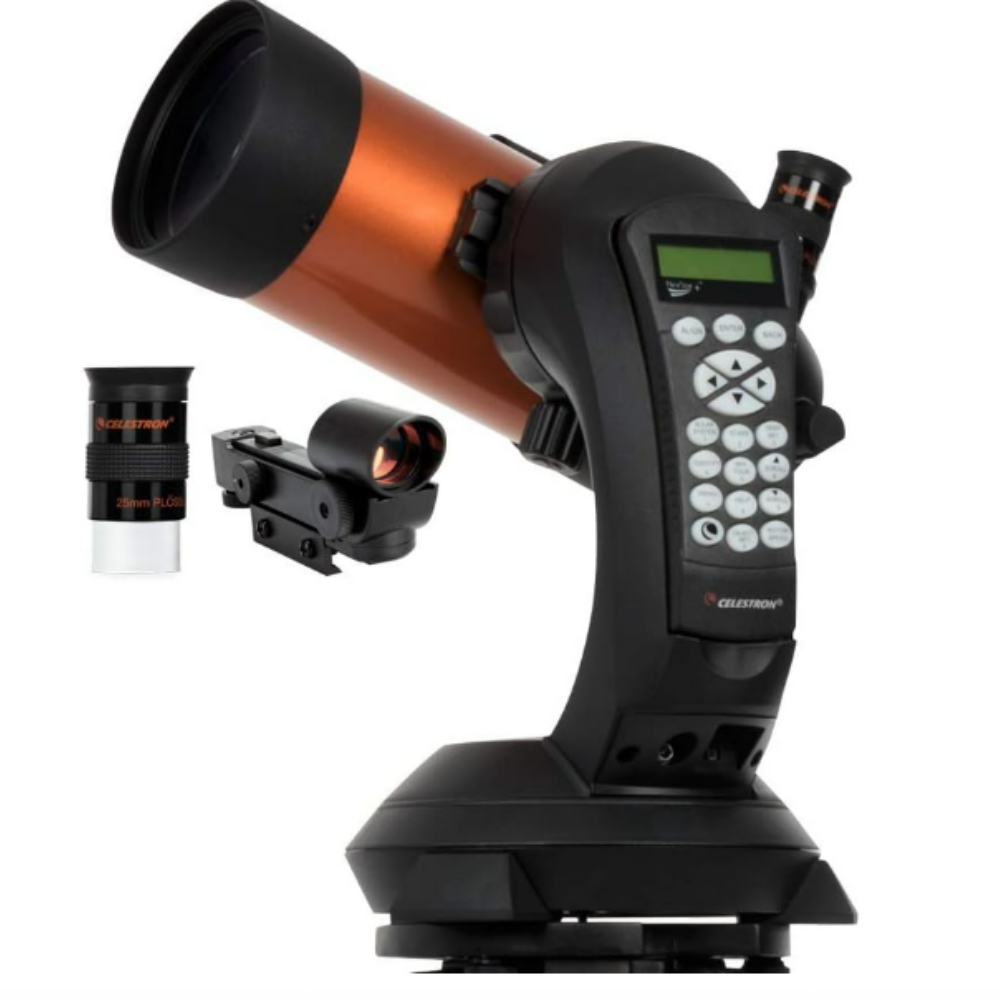Antarctica has gained ice in recent years, despite increasing average global temperatures and climate change, a new study finds. Using data from NASA satellites, researchers from Tongji University in Shanghai tracked changes in Antarctica’s ice sheet over more than two decades. The overall trend is one of substantial ice loss on the continent, but from 2021 to 2023, Antarctica gained some of that lost ice back. However, this isn’t a sign that global warming and climate change have miraculously reversed. Picture a long ski slope with a small jump at…
Read MoreDay: May 27, 2025
Scientists worry Trump’s budget cuts will halt satellite air pollution studies: ‘It’s incredibly short-sighted’
Crucial research into the effects of rocket and satellite air pollution on Earth’s atmosphere is reportedly being cut as part of Donald Trump administration’s cuts to climate science budgets. Experts say the cancellation comes at the worst time and will cause a major setback for the emerging field of science. Research funding for the U.S. National Oceanic and Atmospheric Administration (NOAA) is set to be cut by an estimated $1.52 billion with funding covering climate science to be hit the hardest, according to Science. These cuts are expected to include…
Read MoreJohnson’s Paige Whittington Builds a Symphony of Simulations
What do music ensembles and human spaceflight have in common? They require the harmonization of different elements to create an inspiring opus. NASA’s Paige Whittington has experience with both. As a principal flutist for Purdue University’s Wind Ensemble, Whittington helped fellow flutists play beautiful music together while pursuing her graduate degree. Now, as a space exploration simulation architect at Johnson Space Center in Houston, she strives for a cross-team harmony that can inform the agency’s Moon to Mars exploration approach. “Simulation often sits at the intersection of several teams because…
Read MoreSee Jupiter pair up with a sliver of the moon tonight
Jupiter will soon end its brilliant year-long showing on consecutive evenings with a rendezvous with an exceedingly thin and very young crescent moon. Indeed, for the first opportunity on Tuesday, May 27, the moon itself will appear so thin and low that it may be rather hard to detect in the sun’s afterglow; and seeing Jupiter itself will not be an easy task either, appearing to sit about 10 degrees to the upper left of the slender lunar sliver. The moon will be only about 1% illuminated and will be…
Read More


